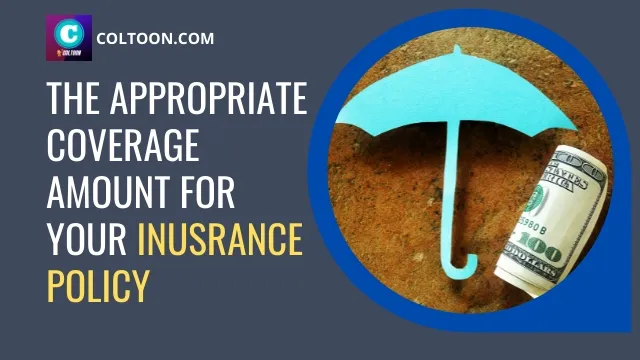Choosing the Appropriate Coverage Amount
Before you can properly evaluate the various agents and insurance companies available to you in order to choose the right one for your property, you need to establish the amount of coverage that you need for your home. Unless you make that decision up front, you will have a difficult time making an 'apples to apples' comparison between the competitors because they may each quote a different level of coverage based on the initial screening questions that they will ask you. Read also: Taking an Inventory Video For Your Homeowner's Insurance Policy.
When it comes to choosing the appropriate amount of coverage for your home, there are several factors to consider. Certain minimal levels of coverage will be dictated by the insurance company; they are beyond your control. Others are up to your discretion and taking the time to understand those choices will pay off in the long run by lowering your premiums or tailoring your coverage to your particular needs. Your agent will help you understand the requirements of your insurance company and the options that are available to you. Read also: What You Should Know About Homeowner's Insurance.
One consideration that is often misunderstood by insurance purchasers is that the insurance covers the structure only, but your purchase price includes the structure and the land upon which it sits. While land to building ratios can vary, the typical ratio of land value to overall value is between twenty and thirty percent. So for every $100,000 of purchase price, approximately $25,000 can be attributed to the land.
For example, if you were to purchase a home for $200,000, you would not necessarily need to insure the property for $200,000 (ignoring the personal property portion of your coverage for the moment). Assuming the home sits on a standard lot (the land ratio can be much higher on large acreage tracts, lakefront lots, or golf course frontage lots and much smaller on condominiums and zero lot line subdivisions), roughly $50,000 of the purchase price went to the land. Put another way, if the home were completely destroyed by fire or other disaster, you would still own a lot worth $50,000. The loss in this case would not be the $200,000 purchase price (assuming the purchase price represented the true market value of the property), but it would be $150,000, which is the value of the structure.


